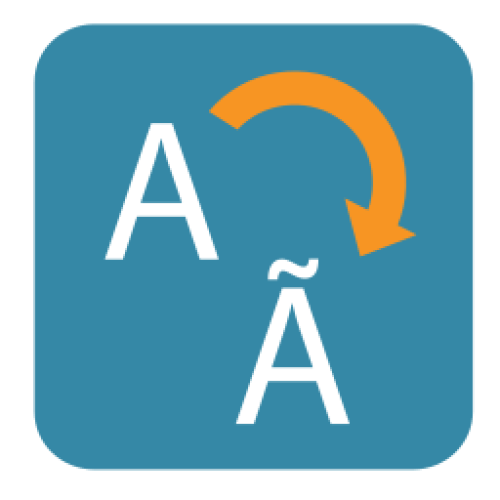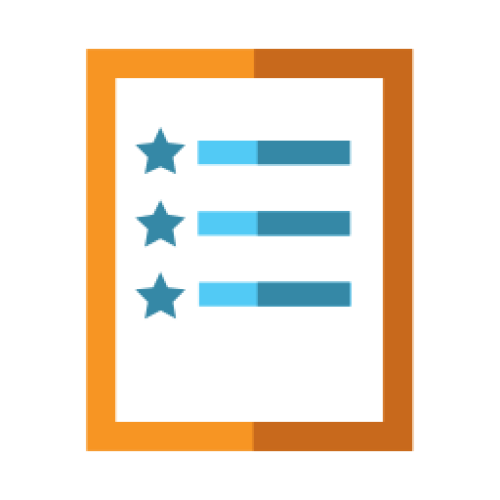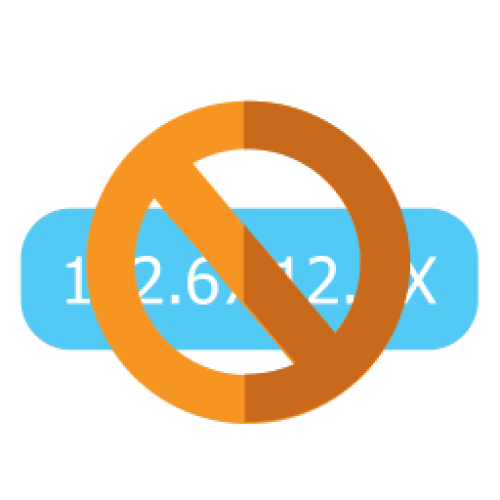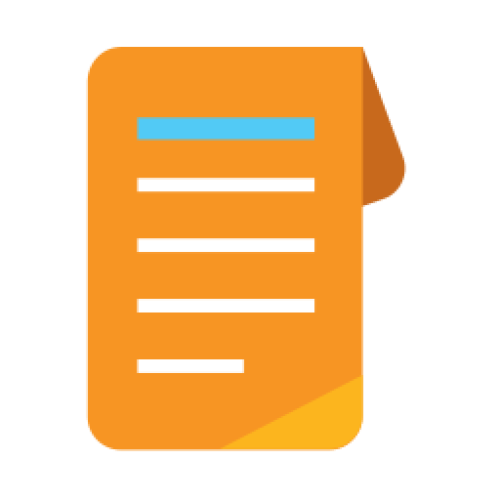Features: A-Z Index
A
B
C
D
E
F
G
I
L
M
N
P
Q
R
S
T
W
Newest 10 Entries
| Title | Integration |
|---|---|
| Icon |  |
| Description | Convert from other software: See our importing tutorial for a list of importers. Use an existing member system: See our download page for a list of forum drivers. Convert an HTML site into Composr pages LDAP support for corporate networks (Conversr only) HTTP authentication: Tie into an existing HTTP authentication-based login system (Conversr only) Proxying system: Programmers can integrate any existing scripts using our sophisticated proxying system (which includes full cookie support). Minimodules and miniblocks: Programmers can port existing PHP code into Composr itself without having to strictly conform it to Composr's framework |
| Title | Structure / Navigation |
|---|---|
| Icon |  |
| Description | Intuitive sitemap editor: Visually browse your site structure. Menu editor: Our user friendly editor can work with several different kinds of menu design (drop-downs, tree menus, pop-ups, etc) Zones (sub-sites): Organise your pages into separate zones. Zones can have different menus, themes, permissions, and content. They can also use a sub-domain. Full structural control: Edit, move, and delete existing pages and modules. Redirects: Set up redirects if you move pages, or if you want pages to appear in more than one zone. |
| Title | White-labeling (Debranding) |
|---|---|
| Icon |  |
| Description | Use Composr for clients and pretend you made it. We ensure Composr is not hard-coded anywhere in the software where it would appear to an average user. |
| Title | Web standards |
|---|---|
| Icon |  |
| Description | Responsive design and hi-dpi images True and correct XHTML5 markup WCAG, ATAG: Meeting of accessibility guidelines in full. Tableless CSS markup, with no hacks Support for all major web browsers Inbuilt tools for checking webstandards conformance of XHTML5, CSS, and JavaScript Extra markup semantics including Dublin Core support, schema.org, Open Graph, and microformats. Standards-based JavaScript (modern DOM and AJAX, no DOM-0 or innerHTML) Automatic cleanup of bad XHTML5: HTML outside your control (e.g. from RSS) will be cleaned up for you. |
| Title | Performance |
|---|---|
| Icon |  |
| Description | Highly optimised code Can run CDNs Multiple levels of caching Sophisticated template compiler Self-learning optimisation system Automatic pruning of old cache files when caches get large |
| Title | Localisation |
|---|---|
| Icon |  |
| Description | Translate Composr into your own language Translate content into multiple languages Custom time and date formatting Language packs: Download new language packs as users post them; host multiple languages on your website at the same time. Time zone support: Members may choose their own time zones, and dates / times will adapt to them. Support for different character sets and Unicode Serve different theme images for different languages Right-to-left languages possible |
| Title | Ease of Use |
|---|---|
| Icon |  |
| Description | Professionally designed user interfaces AJAX techniques: Streamlined website interaction. WYSIWYG editing Tutorials: Over 200 written tutorials, and a growing collection of video tutorials. Displays great on mobiles: Mobile browsers can be automatically detected, or the user can select the mobile version from the footer. All public website features work great on QVGA or higher. The default theme is also responsive and will adapt to the client screen size. A consistent and fully integrated feature-set: Breadcrumb navigation, previews, and many other features we didn't have space to mention here – are all present right across Composr. |
| Title | Search Engine Optimisation |
|---|---|
| Icon |  |
| Description | Supports different URL schemes and textual monikers Automatic site-map generation: Both XML Sitemaps and sitemaps for users. Metadata: Meta descriptions and keywords for all content. Auto-summarisation. Keyword density analysis when previewing content Correct use of HTTP status codes Content-contextualised page titles Semantic and accessible markup (e.g. ‘alt tags') |
| Title | Privacy Tools |
|---|---|
| Icon |  |
| Description | Compliance with major data protection legislation such as the GDPR Allow members to download or purge their personal data from their profile. Set a limit on the number of days between downloads / purges to preserve server resources. Also manage member data to a more technical degree in the Administration Zone. Allow members to purge their data upon deleting their member account Composr is careful to maintain important data (such as warnings or bans) when members request their data to be purged from their profile. But this data can still be purged on the admin side (in the Admin Zone). Automatic generation of a basic Privacy Policy based on site settings and installed addons Cookie Consent notice Set declarations on the rules page which members must agree to on registration (or whenever they are changed) which are also stored in the database and e-mailed to the member as a written copy |
| Title | Security |
|---|---|
| Icon |  |
| Description | Automatic detection, logging, notifying, and banning of hackers 2-factor-authentication: E-mail based 2-factor-authentication security when unrecognised IP addresses are used with certain usergroups (optional, Conversr-only). Password strength checks: Enforce minimum password strengths based on length and use of upper / lower case, numbers, and symbols, and avoiding repeated characters (Conversr-only). Architectural approaches to combat all major exploit techniques A JavaScript framework that makes XSS attacks virtually impossible Defence-in-depth: Multiple layers of built-in security. Encrypted custom profile fields: Once set the CPF can't be read unless a key password is entered (Conversr-only, requires OpenSSL). Extensive support and use of Content Security Policy (CSP) Track failed logins and automatically ban brute-force attacks HTML filtering Protection against CSRF attacks: Forms and AJAX requests make use of randomly generated POST tokens Root-kit detection kit for developers Cookies are secure and HttpOnly where possible to prevent session hijacking Set number of days that passwords expire or must be changed |
Top 10 Entries
| Question | How can I filter the news archive to show specific content? |
|---|---|
| Answer | The news system allows advanced filtering:
These filters are controlled through parameters passed to the news blocks and carried through navigation links. When viewing a news post, you can also filter by the categories associated with that post. |
| Question | How do I display external RSS feeds on my Composr website? |
|---|---|
| Answer | Composr offers two blocks for displaying RSS and Atom feeds in a news-like format:
To add a block, use the Block Construction Assistant or insert the following Comcode into your page: [block="http://example.com/feed.xml"]main_rss[/block] [block="http://example.com/feed.xml"]side_rss[/block] Replace "http://example.com/feed.xml" with the actual feed URL. Important: Exercise caution when using external feeds. Ensure the source is trustworthy, as malicious feeds can contain harmful code. |
| Question | What are RSS/Atom feeds and how do they benefit my website? |
|---|---|
| Answer | Feeds, in formats like RSS and Atom, are XML files that syndicate your website content, making it accessible beyond your website. They can be viewed using feed reader applications (e.g., Feedly, Vienna) or integrated into other websites or web browsers. Composr supports both RSS and Atom for syndicating news and other content. While RSS is more common, Atom is a cleaner, standardized format. Both effectively share your content updates. Benefits:
|
| Question | What are Personal Categories/Blogs in Composr? How do I create one? |
|---|---|
| Answer | Composr allows members of permitted usergroups to have their own personal news categories, also known as "blogs". These blogs appear as a tab on the member's profile (Conversr-only) and may also appear in the main news block depending on your configuration. To create a blog, a member simply adds a news post and selects their personal category. If the category doesn't exist, it will be automatically created upon submission. A dedicated "Blogs" CMS module (Admin Zone > Content > Blogs) is available if the "Separate blogs" configuration option is enabled. This simplified module focuses on blog posting and can be used to restrict members from submitting to general website news. |
| Question | What is "pinging" and how does it work in Composr? |
|---|---|
| Answer | In blogging, "pinging" is an automatic notification sent to blog search engines and other services when you publish a new post. Composr can automatically ping services defined in Admin Zone > Setup > Configuration > Feature options. These services then index your new article, making it searchable. A default ping service (http://pingomatic.com/ping/?title=title&blogurl=url&rssurl=rss) is pre-configured to relay your ping to numerous other services. You can customize the ping URL with these placeholders:
Pinging only occurs for news categories accessible to the public (guests). |
| Question | How do I schedule a news post to be published at a specific time? |
|---|---|
| Answer | Once you have enabled the system scheduler (requires the Composr calendar and commandr addons), an advanced scheduling option will appear when adding or editing news posts. By setting a future date and time, your post will remain unvalidated until the chosen time, at which point it will be automatically validated and published. |
| Question | How can members edit their profiles and account settings? |
|---|---|
| Answer | Members can edit their profiles and account settings through the "Edit" tab on their profile page. They can change their password, update personal information, manage their avatar and signature, and adjust their privacy settings. Administrators have access to additional options for managing member accounts. |
| Question | What is the difference between member terms? |
|---|---|
| Answer |
It's important to understand these distinctions to properly manage permissions, track user activity, and personalize the website experience. |
| Question | What are Welcome Emails and how do they work? |
|---|---|
| Answer | Welcome Emails are a series of automated emails sent to new members on a predefined schedule. They can be used to introduce the website's features, encourage engagement, and provide helpful information. Website administrators can customize the content and schedule of these emails. |
| Question | How can I enhance or enforce the security of member passwords? |
|---|---|
| Answer | Composr offers several features to improve password security:
|





































